By the time Joy Division released Unknown Pleasures on this very day in 1979, new wave was already in full swing. However, few records have come to define the less-synth-poppy side of the movement quite like this incredible album.
Videos by American Songwriter
The release of Unknown Pleasures on June 15, 1979, was a huge moment for the band. It was their debut album, after all. And while the record shockingly did not chart, it became something of a cult classic. More than a cult classic, even. Unknown Pleasures became one of the most critically acclaimed and pioneering albums of the post-punk era. And plenty of fans still love the record today.
How ‘Unknown Pleasures’ Shaped and Influenced the Music World Forever
In the decades since Unknown Pleasures was released, it has been almost unanimously praised by critics. Go on any review aggregate and you’ll be hard-pressed to find a rating or review of the album that isn’t five stars. That’s a rarity.
Plenty have praised the album for its influence on Northern Gothic culture, its incredible passion, and Ian Curtis’ legendary vocal performance. It’s one of the most intense and emotional albums of the post-punk era, and few have matched the unique, disturbing, and almost manic energy of Unknown Pleasures. Plenty in the post-punk genre have tried and failed.
To put it simply, Unknown Pleasures is one of the greatest albums of the 20th century, and a legendary one in the ever-evolving world of rock music.
Plus, we can’t talk about how influential this album was without talking about its cover. The cover image, which is a simple depiction of radio waves in black-and-white, became a very common symbol among fans of the band and those in goth culture as a whole in the 1980s. Merch, namely T-shirts and similar wearables, that feature the album cover are still in production today. It’s almost like a uniform at this point.
After Unknown Pleasures hit shelves, the band would go on to release the follow-up, Closer, in 1980. It would be Joy Division’s final album, released posthumously after the death of frontman Ian Curtis. The band would break up shortly after. They, along with Gillian Gilbert, would form a new and similarly successful band called New Order.
Photo by Chris Mills/Redferns
When you purchase through links on our site, we may earn an affiliate commission.

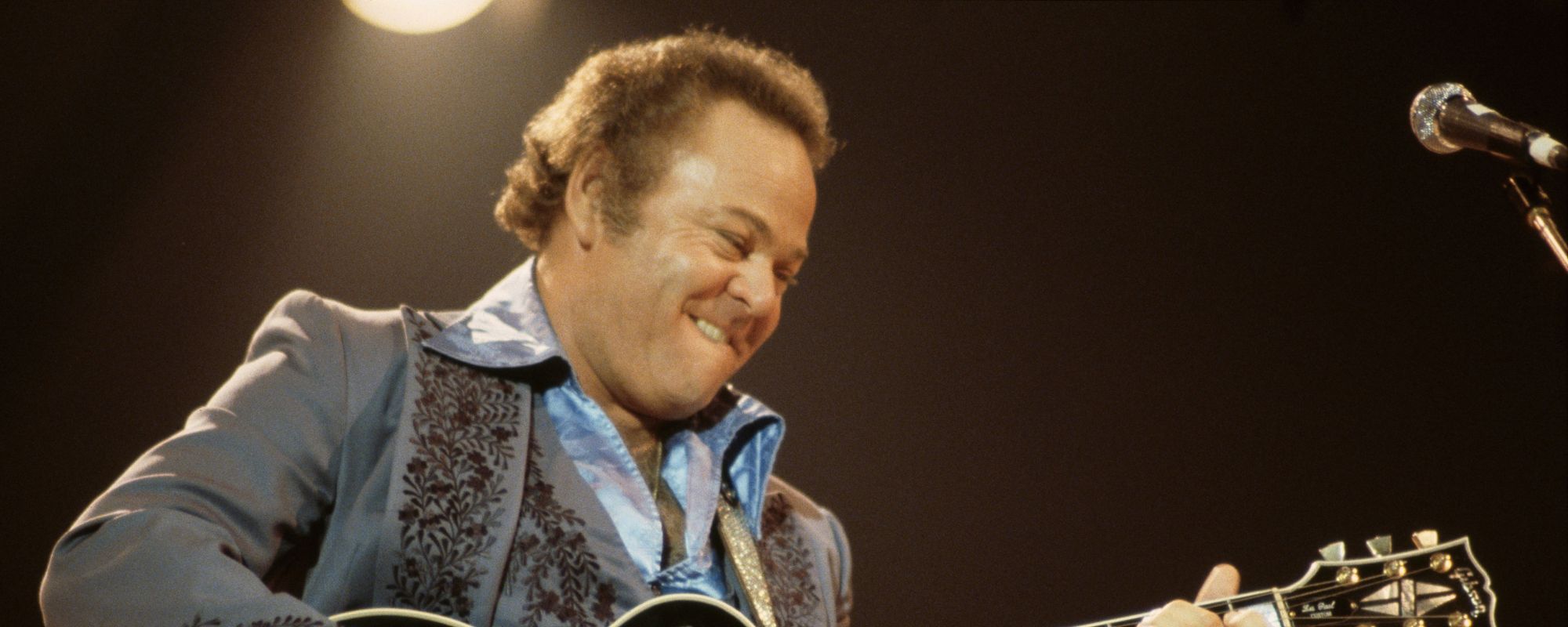

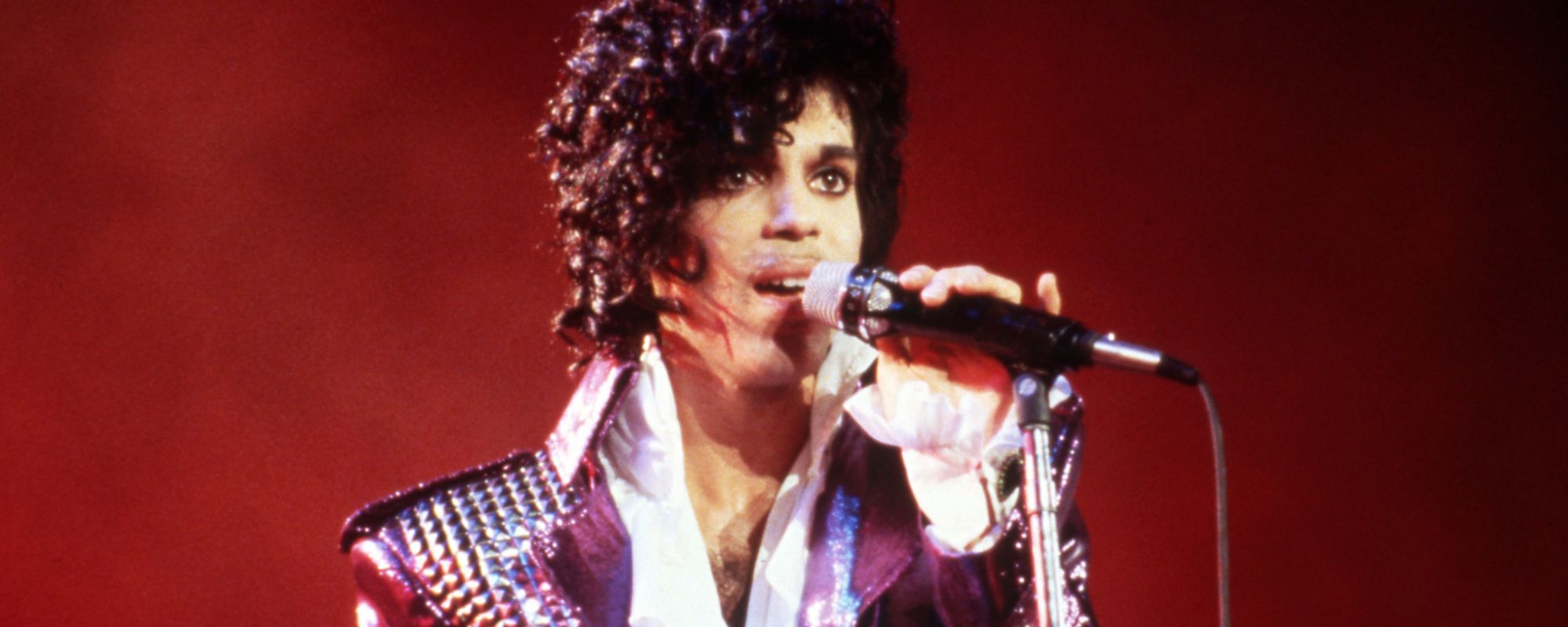


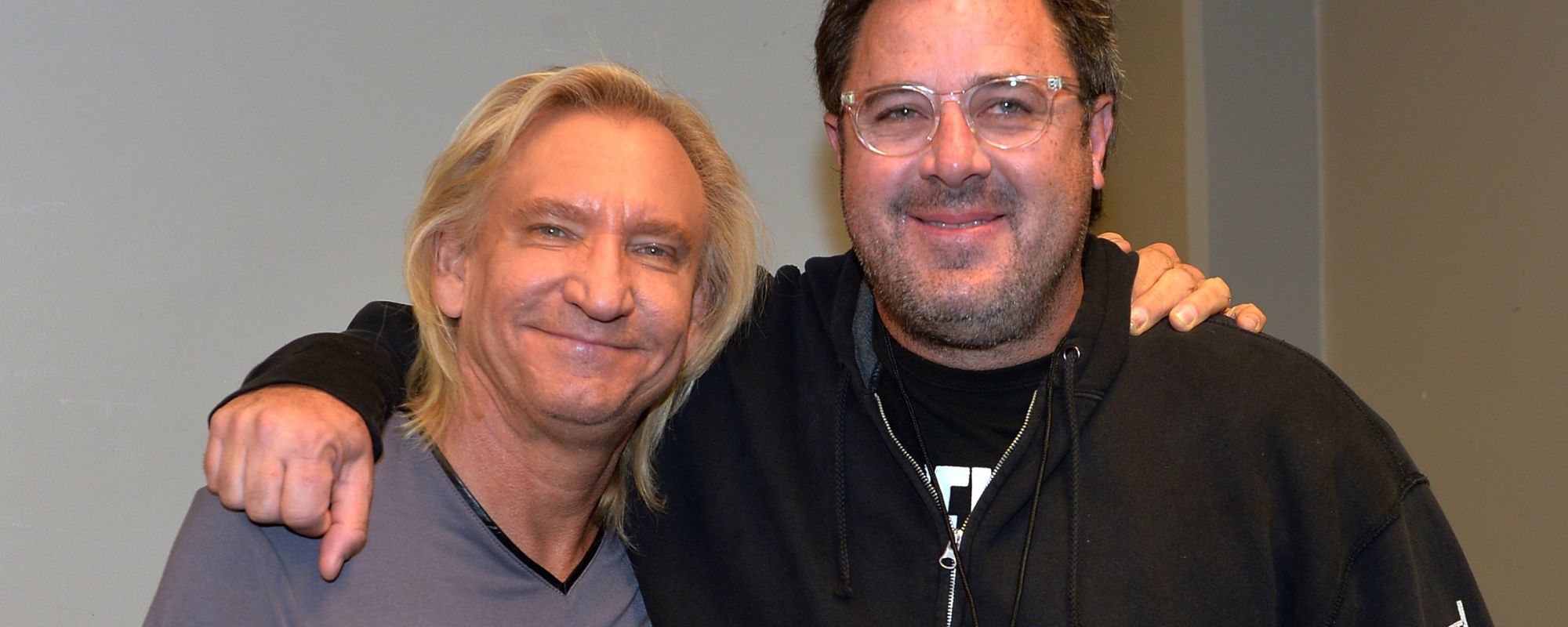
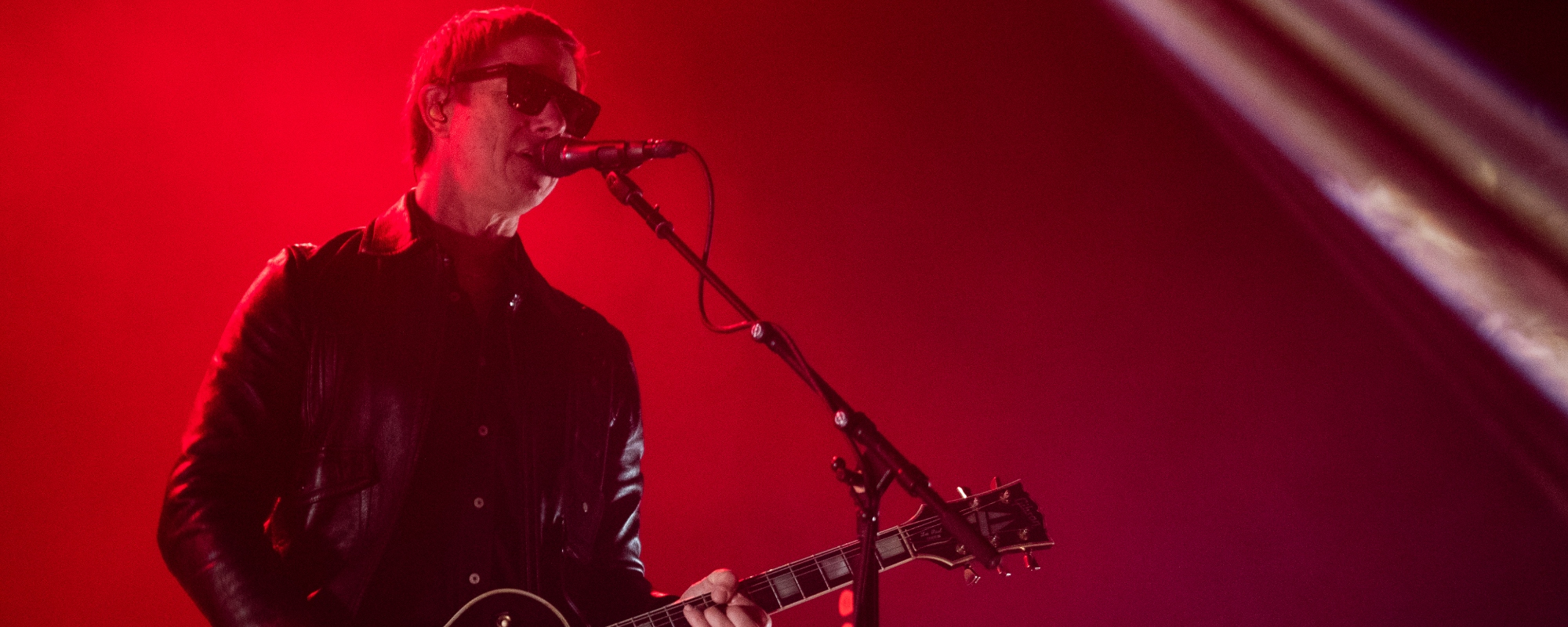
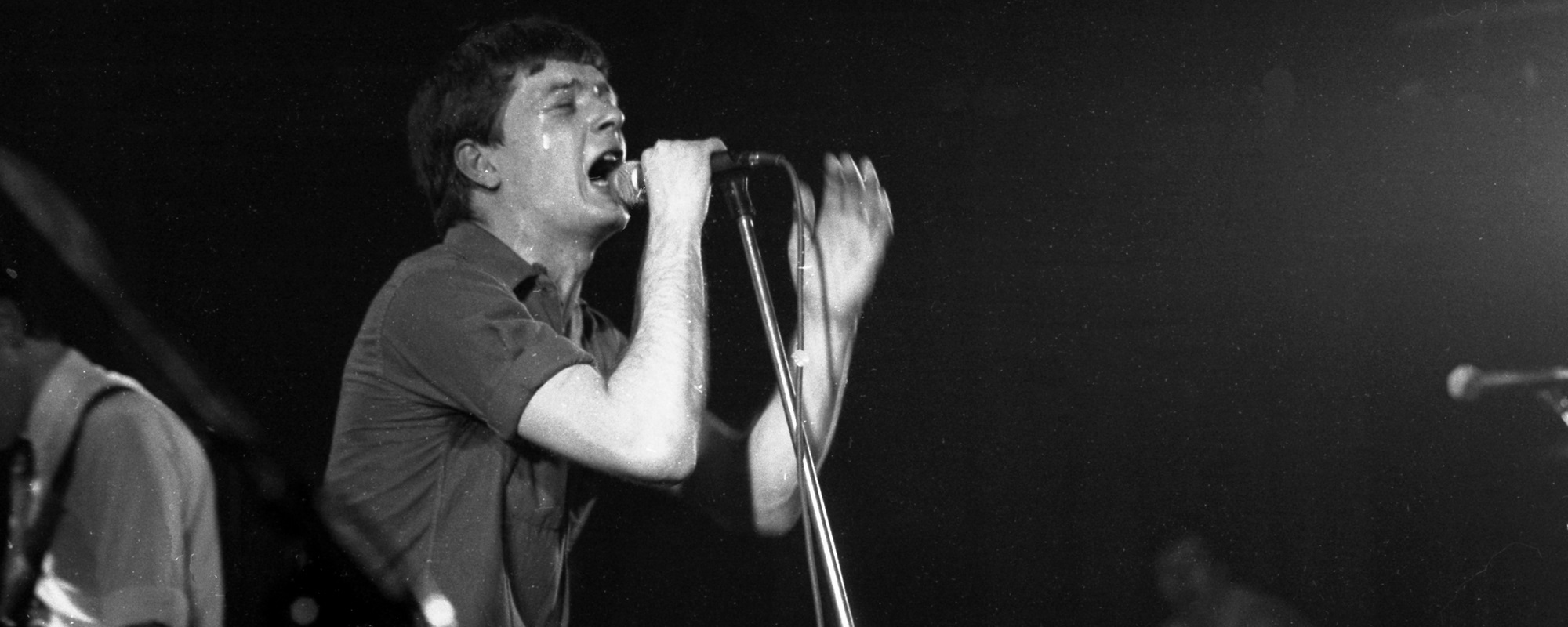

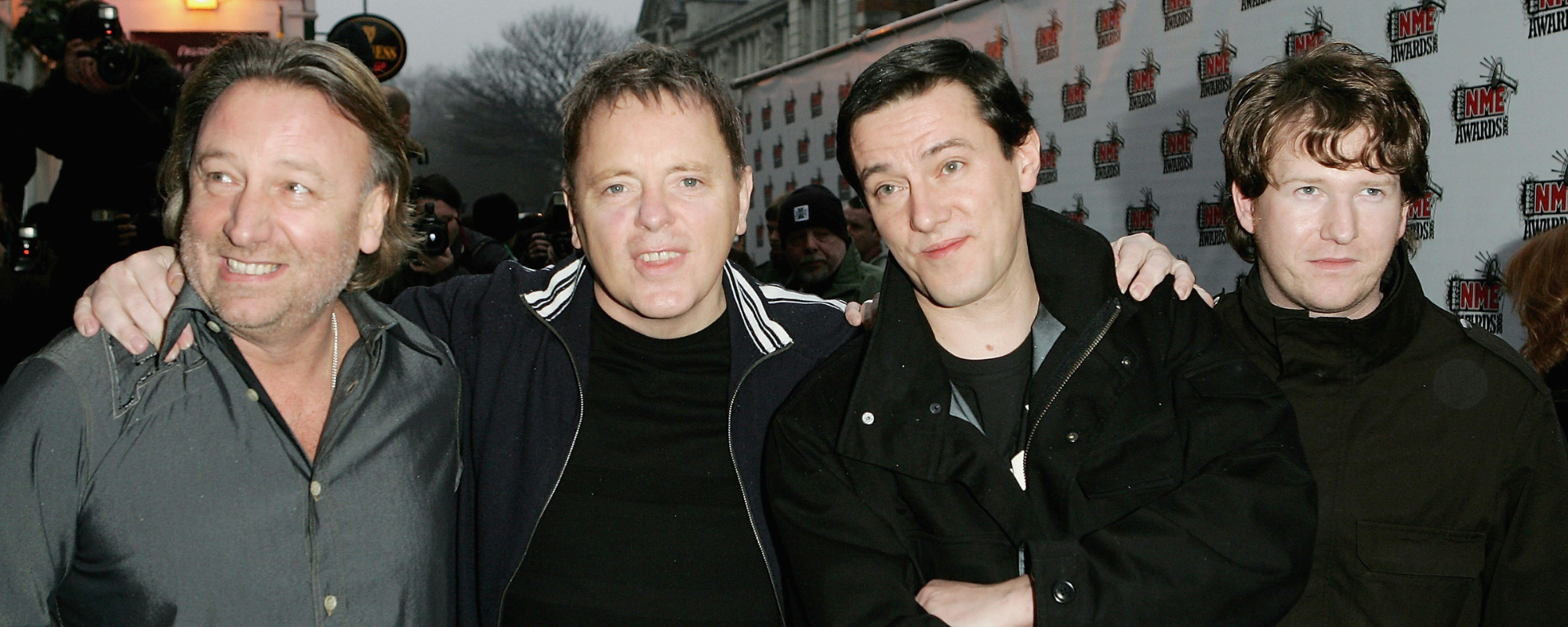
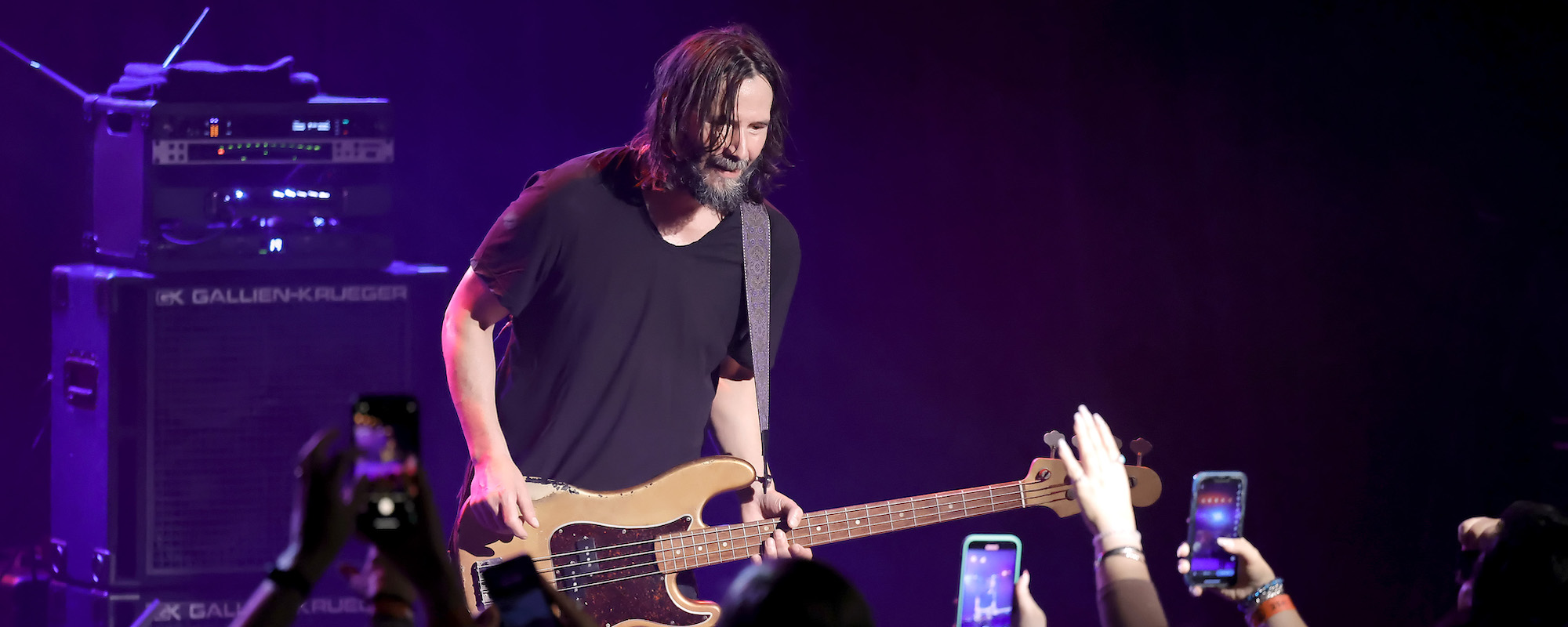
Leave a Reply
Only members can comment. Become a member. Already a member? Log in.